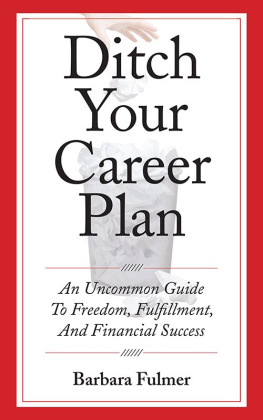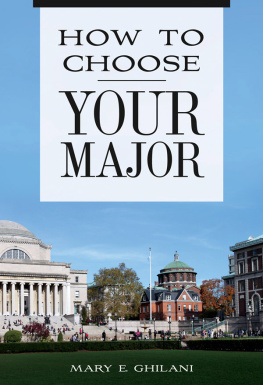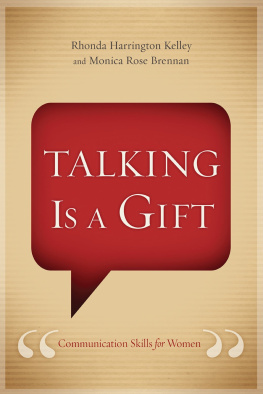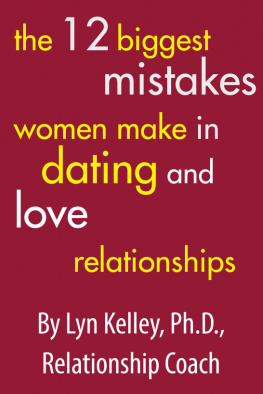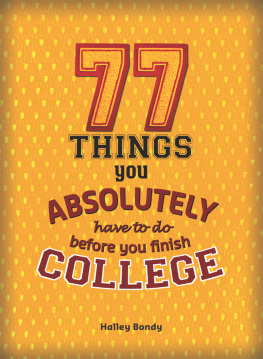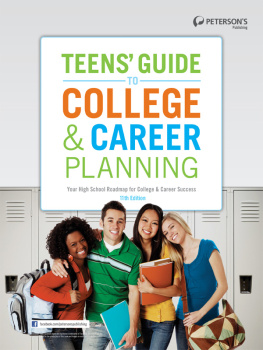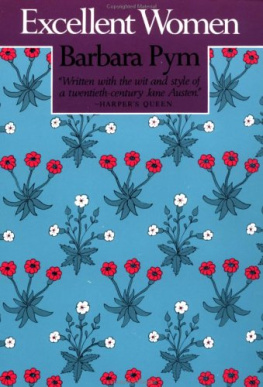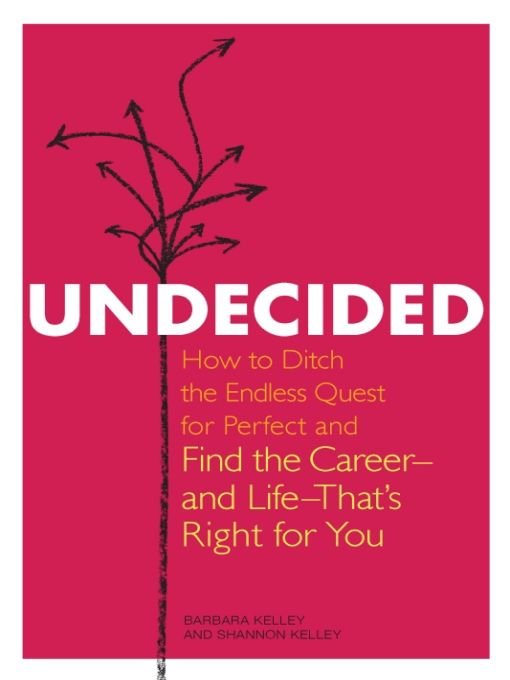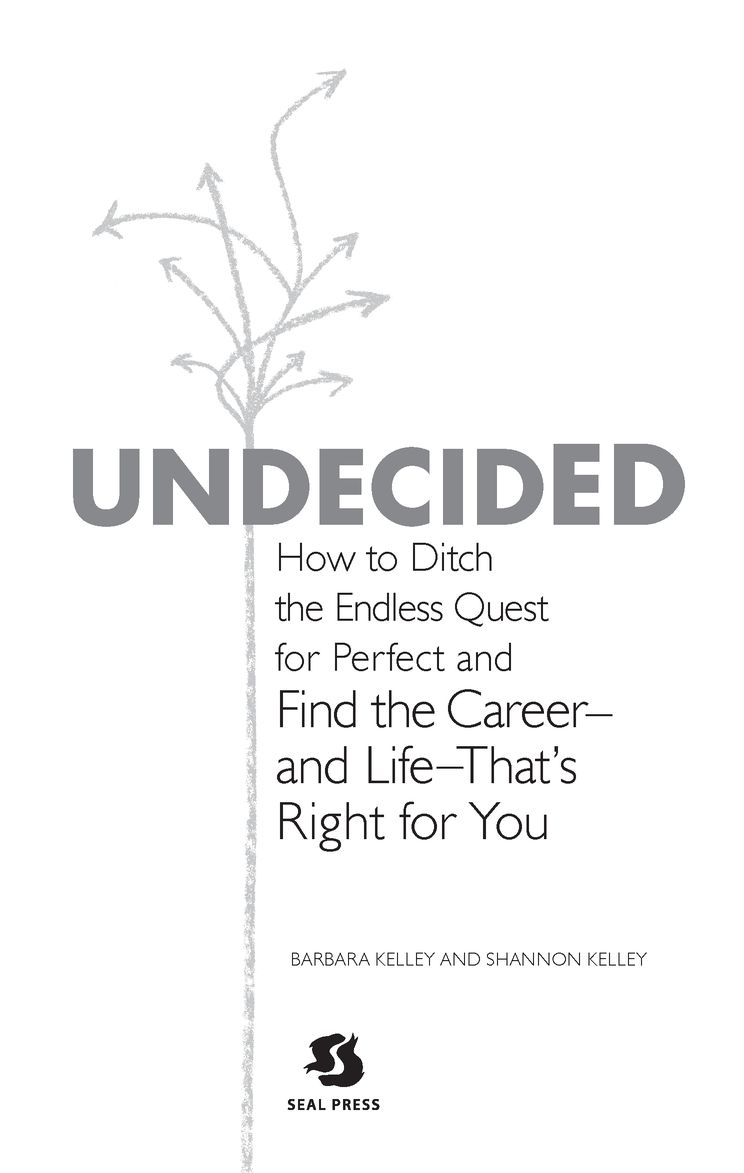Table of Contents
We dedicate this book to anyone
whos ever made a decision for us.
The events, facts, and conversations presented in this book are true and based upon our own reporting and personal experiences. To protect the privacy of all the undecided women who so freely shared their stories with us, we have referred to them by fictional first names. In rare cases, weve also altered minor details.
References to Shannon and Barbara refer to the authors of this book.
PROLOGUE
UNCHARTED TERRITORY
Would you tell me, please, which way I ought to go from here? asked Alice. That depends a good deal on where you want to get to, said the Cat.
from Alice in Wonderland
AS GOOD IDEAS OFTEN ARE, this one was born of sweat and booze.
We began this trek on the Dipsea Trail, a notorious Northern California hike that starts in Mill Valley, a small town just past the Golden Gate Bridge. The trail begins with a wicked climb up 650 steps carved into a hillside and ends a brutal (and lovely) seven miles later (and after a 2,200-foot climb and descent) on the other side of Mount Tamalpais, at the tiny town of Stinson Beach on the coast of the Pacific Ocean.
Wed begun the day talking about a phenomenon wed noticed again and again in women of the postfeminist generationa general malaise with symptoms that are a combination of analysis paralysis, grass is greener syndrome, and a sense that there are far too many choices to deal with. It was a mystery, yet it seemed an indisputable touchstone of the zeitgeist: women who, despite apparently having it all (good education, great job, cool place to live), are miserable. And for a reason they seem unable to quite put their finger on.
Sure, it could be easy to dismiss these ladies as spoiled. Here they have everything their mothers had ever dreamed of. And yet, the angst is real. And universal. These are women who were bred for success. And seem to be miserable because of it.
By the time wed come down the mountain and crawled to the nearest bar to grab a beer (it was a sunny day in September, after all; it practically demanded an ice-cold Hefeweizen with a slice of lemon), we knew we wanted to explore this phenomenon. And later that nightas often happens when you combine an exhausting hike, iced knees, and a glass or two (okay, maybe three) of pinot noiran idea took shape.
This mystery, lets investigate it. Talk to these women. Find the research. What are the causes? Is there a fix? We wanted to connect the dots. Get to the bottom of what seemed to be a generational epidemic of chronic indecision. And invite the reader along for the ride.
As backstory, Barbara had written a short op-ed on choice overload for the Christian Science Monitor a few months before, noting what shed noticed in her students, her kids, their friends, and her friends kids. The op-ed was picked up by her universitys alumni magazine, and the response was overwhelming: Thats me! Thats my daughter!
But, Shannon insisted during that hike, just documenting the malaise in an eight-hundred-word editorial piece couldnt even scratch the surface. Its so juicy, she said. Lets dig deeper, lots deeper. Lets get to the bottom of it. And thus, Undecided was born.
And soon, it took on a life of its own.
And once it began taking shape, Shannon too found the response to be torrential. Her friends, their friends, near-strangers shed meet at a party, would all pull her aside to confess: This thing youre talking about, this book youre writing. Thats me!
Wed tapped a universal issue and we knew it. A few months later, we started our blog on the subject, and from day one were rewarded with commentssome funny, some heartfelt, all breathtakingly honestfrom women throughout the country, weighing in on the ways in which they felt sabotaged, by everything from the opportunities (and mirages) of a postfeminist society to their own expectations.
Once we started our trip, our investigation took several routes. The first was shared experience: We talked to hundreds of womenMillennials, Gen-Xers, Baby Boomersacross the country and listened to their stories. We dug into the research to understand what goes on in our brains when we try to choose between Door No. 1 and Door No. 2and why no matter what we choose, were often dissatisfied. We explored the very nature of happiness, and why it can be so elusive. We explored why it is we sometimes find ourselves caught up in the chase for the symbols of someone elses definition of success. We talked to the experts, both the folks in the trenches and academics, too: men and women who could explain some of the issuessocietal and otherwisethat underlie our dissatisfaction, and who could offer insight, perspective, even solutions.
We thought deeply (okay, and argued, too) about the weight of great expectations, the insidious lie of having it all, and the illusion of unlimited options on women who had not yet learned to deal with them.
What we found were growing pains: It may be great to have options, but until we learn how to deal with them, life can be a bitch.
We also found prescriptives, including the route to the simplest and yet most profound remedy of them all: Know yourself.
Along the way, we came across a couple of media firestormsan idea that if women were unhappy, well, feminism was to blame. What we found was that if anything, feminism hasnt gone far enough: Were living in an unchanged world whose reality turns out to be a far cry from the messaging were fed. (Well go there.)
New research also surfaced, implying that twentysomethings are in the throes of a new stage of development. Dubbed emerging adulthood, its marked by a reluctance to commit. While there is some credence to that (well go there too), we think the root of all this angst goes way deeper.
We also were asked, more times than we can count, why this dissatisfaction, this indecision, was a womans issue. Werent young men equally undecided, dissatisfied? Equally stressed out? Why women? To which we answered: Its generational. Men have been raised for generations to go, seek and conquer; to succeed in a workplace designed expressly by and for them. For women, theres a layer of newness to it all: Were going forth without either a net or enough role models to pave the way. Sure, men can be equally angsty in the face of choices, and we appreciate that, but for women, this angst, this indecision, this trial and error is a product of less than fifty years of progress. Its uncharted territory. (Dont believe us? Ask your mother. Or your grandmother.) Were hacking our way through a landscape that proves, time and again, that the reality doesnt quite measure up to the rose-colored image we expect.
In fact, because this is a generational issue, we think that our collaboration on this book (with all the discussions, arguments, and attempts to see things through each others eyes) results in a more complete picture. You, dear reader, are not getting one perspective or the other, but rather a shared perspective that offers a deeper, richer, and more textured analysis than either one of us could have offered on our own.
Which brings us to some questions weve been asked, over and over: Whats it like for a mother and daughter to work together? And whos the boss?
To which we would have to say, you know, were undecided.


